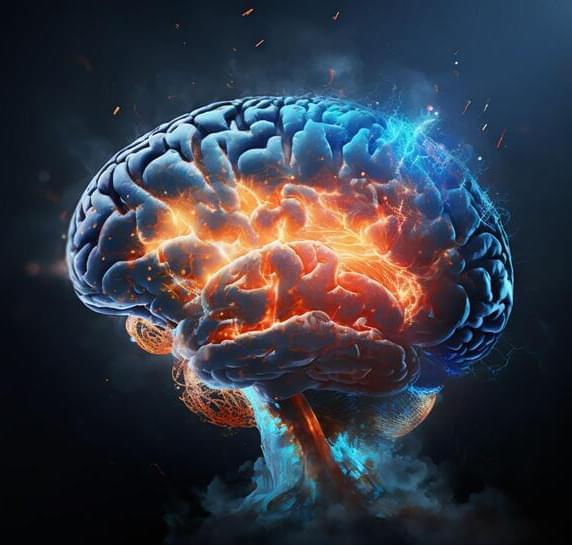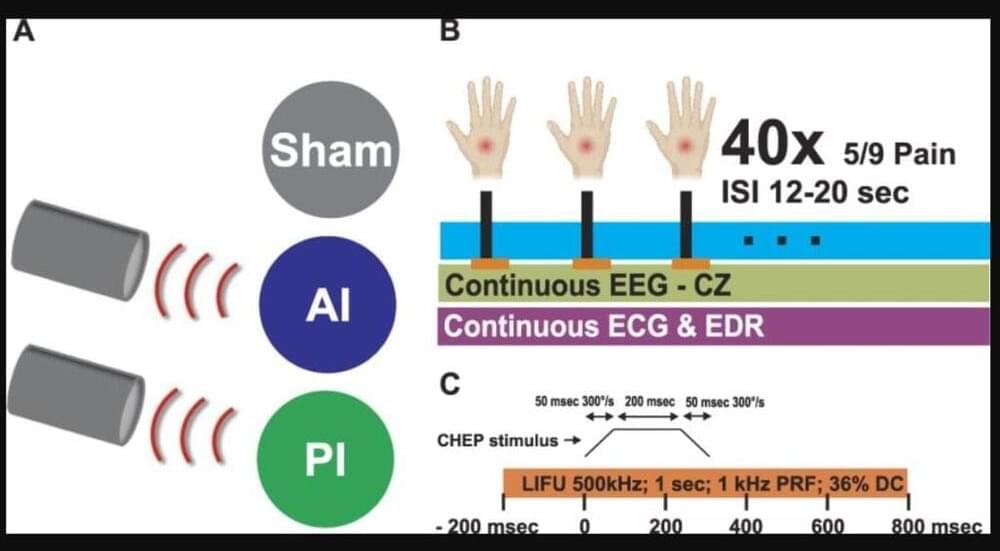Although I like to write about future predictions for the world of technology and business, I’m usually focused on what’s coming up in the next five years.
But it’s also worth taking a longer view. I believe that in 10 years’ time, the AI that’s a part of everyday life will be as far evolved from today’s AI as today’s internet is from the internet of the early days.
In his excellent book The Coming Wave, Mustafa Suleyman notes that every wave of technology-driven change – from the combustion engine to the internet – has revolutionized society in a shorter time span than the previous wave. So, I don’t think we’ll have to wait 30 or even 20 years until AI is utterly engrained in all aspects of life.
Instead, let’s look ahead just 10 years to 2034. Halfway through the next decade, a lot will have changed, but what will AI look like? Here’s what I think!








